It’s 12:06 a.m. and I am cursing myself. I’m certain I’ve missed it by now; I’ve been through this drill. Sure enough, by the time I log into Resy, my desired two-top at Lilia—Chef Missy Robbins’ lauded Brooklyn spot—exactly thirty calendar days from now, is long gone.
After I come to terms with that fact, I muse for a minute about the folks who beat me to the punch. I laugh at the notion—a bunch of us pasta nerds, posted up behind screens somewhere in the middle of the night, watching the second-hand like teenagers trying to snag concert tickets. I almost wish there was some social network to connect us—a support group, or a place to congratulate others on a game well-played. And I wonder what Robbins thinks of the people like me, who happily barter oil—our midnight for her olive—just to get a seat at one of those tables.
Lilia has been open for more than two years—long past the mark when the hype machine has usually sputtered to a halt—but this is still somehow the reality. In a time when restaurants are struggling to cultivate repeat customers, when diners are doing more box-checking than ordering daily specials, this restaurant is as hot as the day it soft-opened. There’s just something about it—a draw to destination diner and regular alike. It’s elegant enough to be worthy of a special occasion, but has the kind of craveable food I can’t imagine going long without.
On my initial visit, I was captivated by a crostini of oven-dried tomatoes delicately dehydrated—tiny taste grenades of tartness and umami—with a garnish of mint so fresh it made me stop to pluck, taste and marvel at a single leaf. And then there was dessert: house-made, silky vanilla soft-serve gelato that on its own was brooding and deep. But the off-menu sundae recommended by our friendly, mustachioed server was just showing off. Ribbons of brilliantly floral honey searched for crevices in which to sink before the whole thing suffered a blizzard of licorice-like fennel pollen and flakes of sea salt. The toppings all settled into the cold, forming crust-like, salty-sweet layers that made the damn thing impossible to stop eating.
But the dish that keeps me up at night is the Insta-famous agnolotti. Pillows of paper-thin pasta contain an impossibly airy, flawlessly smooth sheep’s milk cheese filling. The sauce—a beguiling marriage of honey and saffron with dried tomato—may be a brow-furrower on paper, but on plate it makes forehead-slapping, why-hasn’t-anyone-done-this-before kind of sense.
Not much could distract from this kind of food, so it took awhile for me to notice Bobby Flay sitting beside me, clearly happy to make the expedition across the East River to casually munch on cacio e pepe fritelle.
The reservation system (and some of the guests) may suggest exclusivity, and the food is decidedly refined and entirely singular. Soaring ceilings and white-washed, exposed brick bring elegance to the former auto body shop. But if the blonde wood and natural light says lobster, the music—and the menu—says blowfish. Reggae rumbles low on arrival, and crescendos in foot-tapping classic rock as the night carries on and the tables fill and turn.
On my way out of Williamsburg, I pled with my palate to hang on to the essence of fennel pollen and saffron just a little longer. Exotic flavors still somehow presented in the context of comforting, familiar food; refined dishes in an environment that puts diners from near and far entirely at ease.
I stepped off the G train in time to set my alarm for 11:59 p.m.—and this time, I beat my fellow pasta-chasers to the punch.

——
When I meet with Robbins a few weeks later, she’s got her hands full. But it’s not with dishes or plating pastas. This time, she’s holding a small child—her godson. One of two, actually; his twin isn’t far behind. They seem too small, but I imagine at some point soon they’ll be awfully grateful to their godmother for the cookies and gelato served in the Lilia Caffé where we first shake hands.
By the time we sit down, I’ve been introduced to several of Robbins’ friends, including the twins’ mother—wife of Sean Feeney, Robbins’ business partner. Although Feeney and Robbins share more than P&L statements. In fact, the story of Lilia begins the way so many New York tales do—between neighbors. “We met all living in the same building in the West Village,” says Robbins. Robbins has since relocated to an address not far from their restaurant in Williamsburg—with Feeney and his family again in the same building.
The move to Williamsburg wasn’t for hipster coffee shops or list-topping cocktails. Leaving the West Village—where she lived for eight years—wasn’t easy, Robbins says, but was an adjustment made in support of a more sustainable lifestyle.
Robbins is candid about the many decisions she’s made in the last few years to that end. In fact, her first published release, Breakfast, Lunch, Dinner…Life is perhaps more memoir than cookbook, intimately exploring the period of Robbins’ life between her time as executive chef at A Voce, a role for which she was highly celebrated, and opening Lilia.


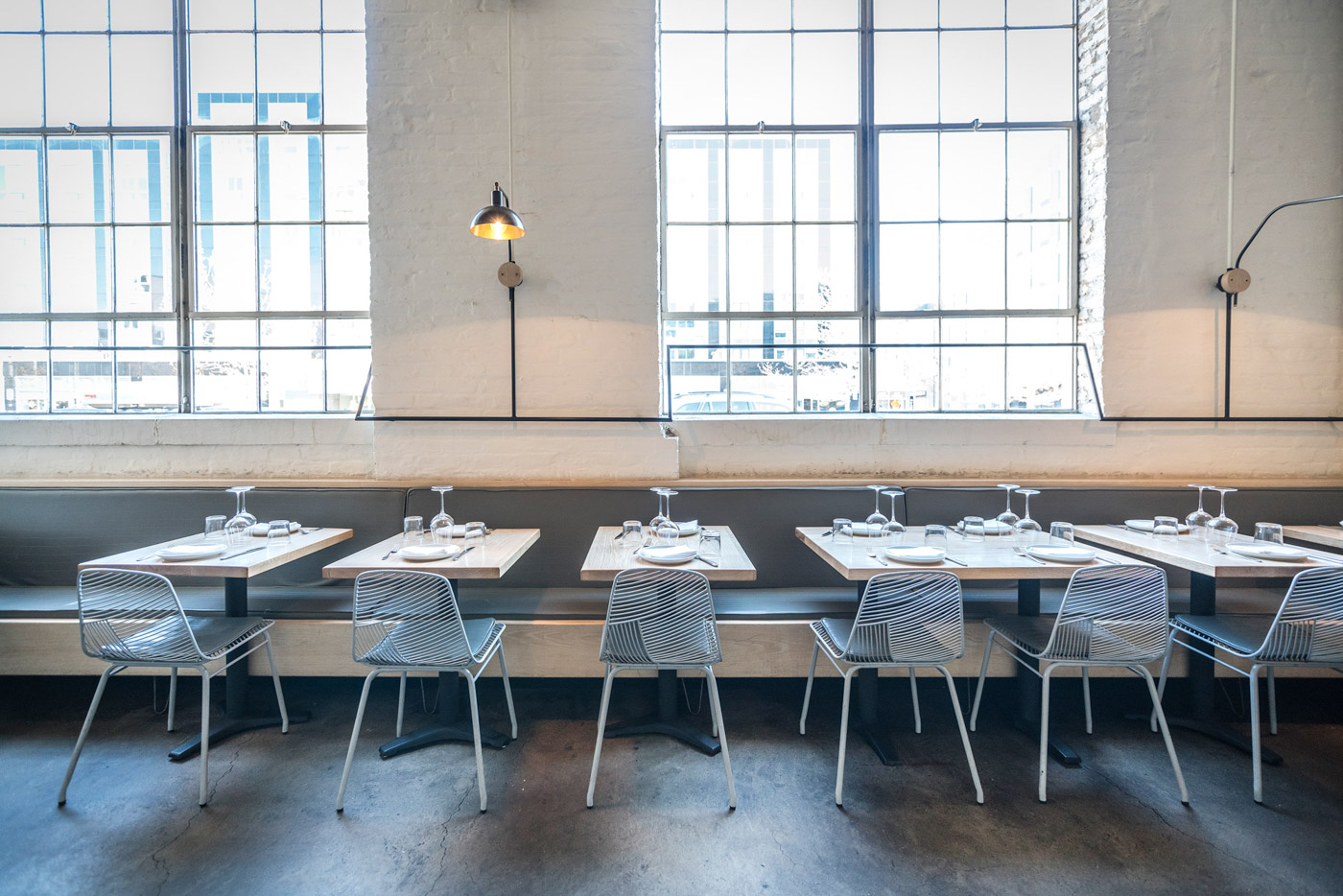
“There are definitely some funny stories and some lightness in there, but the more time you have to reflect and the more distance, the more that comes out in the writing,” she says. “I wanted it to be real.”
What’s real to Robbins, as it turns out, is also very real to her restaurant industry peers. “I’ve gotten emails from people I don’t know saying, ‘I’m a cook and I can relate to this stuff,’” says Robbins. That stuff has been at the top of mind for many chefs and food industry professionals recently. The physicality of the job, the mental stress, and institutionalized pressure has created a culture of overworked, often unhealthy and anxiety-ridden cooks and workers. With two decades of experience, Robbins knows a little about how to navigate and persist in such a demanding work environment, and in the book, she shares some of her strategies. “I don’t know that I have the solutions for it; I have solutions that work for me. But I think what’s happening is [the book] is making people feel like, ‘I’m not crazy. I feel this way too,’” she says.
Robbins’ insights, collected working in kitchens from Washington D.C. to Chicago to New York City, and traveling extensively, are that killing yourself doesn’t necessarily equate to killing it, professionally. “I used to believe that, but I don’t believe it anymore. I believe it’s actually the opposite,” she says. Now, she emphasizes the importance of self-preservation and care, relationships, and making time for inspiration as part of her process. In fact, when we sit down together, she’s just arrived home from a visit to Valencia, Spain, to spend time with friends. Many chefs can count on one hand how many days they’ve been away from their restaurants. Robbins says, “I’ve been away more than you might think,” noting venturing to Valencia, or to Modena, Italy, for inspiration and decompression are typically short trips, but indispensable ones. “During the day, we’d go to the market and at night we’d cook over an open fire. They had this giant paella rig,” she says, showing me photos of some epic-looking feasts on her iPhone. “I came home with a ton of ideas.”
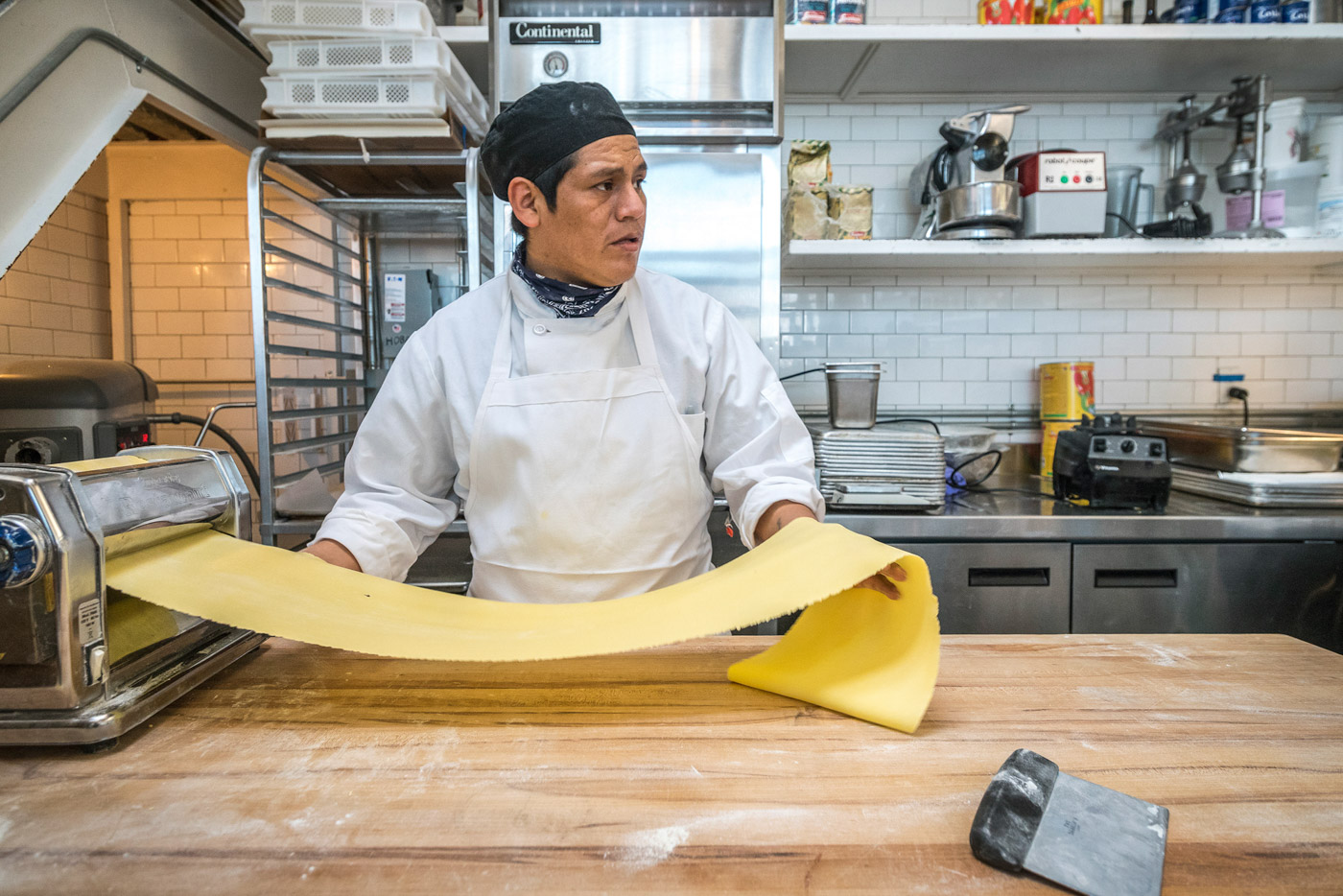
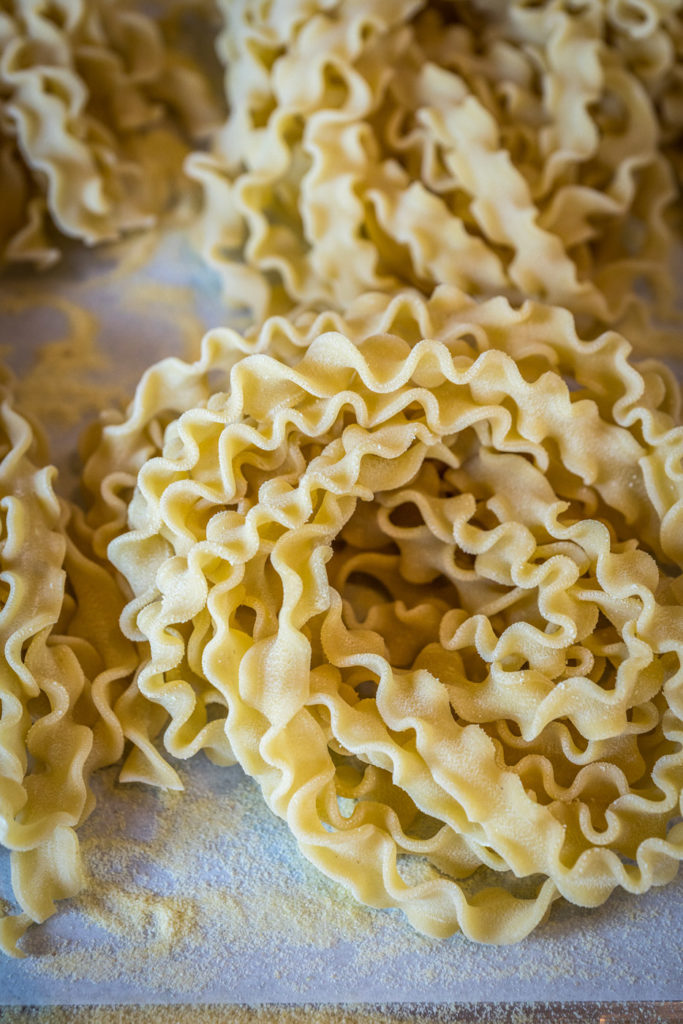
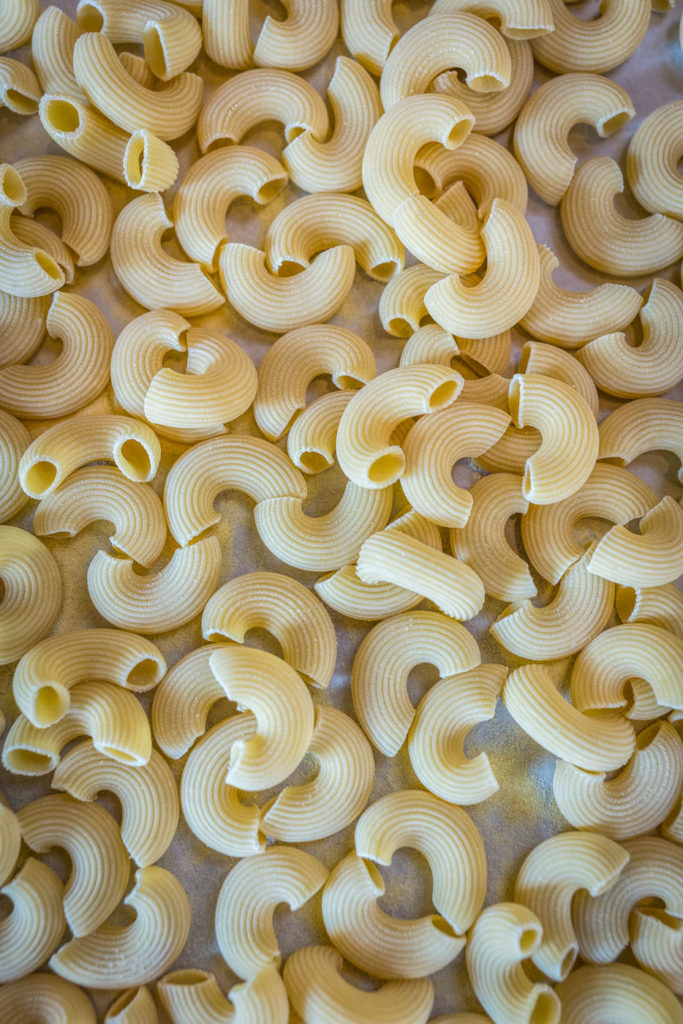
——
Being able to take even brief trips required cultivating a team that can execute in her absence—something in which Robbins feels she and Feeney have been successful. “We have a chef we trust. We have a GM we trust. I knew Sean was in town if something happened,” she says. It also means admitting the operation can continue to run at the highest level without Robbins being constantly hands-on. She continues, “I have learned how to work and to also take breaks, but that takes a lot of ego removing. It takes a lot to say, ‘I’m okay saying I don’t cook every day.’”
Over time, Robbins has slowly turned over responsibilities. She is no longer the one making the mozzarella or delivering each dish; but that doesn’t mean she isn’t on the clock. “You don’t stop working when you own a business,” she says. “I’m here; I just don’t know that the best use of my time anymore is expediting.”
And this is hardly an operation on auto-pilot. On both of my early daytime visits, the restaurant—which only opens for dinner—hums fluorescently. End-to-end sheet pans of pasta stretch the length of the bar. The woodfire grill is a grandstand for hungry flames. And more than a few cooks are hard at work. Just to make pasta, Robbins says, “I have a full time crew that comes in at eight in the morning and leaves between four and seven at night.”
With so much riding on her staff, Robbins notes retaining them requires a relatively new kind of restaurant culture. Beyond cooking and running the business, her efforts now center around creating a kinder environment. She asks, “How do we have this industry thrive and still feel like [the staff is] being productive without working hundred-hour weeks? For us, it’s creating a culture. Health and wellness is the most important thing.”
Robbins recognizes the personality type that favors restaurant jobs can be hard to convince. “You can’t control what your staff does outside of work; they’re also really driven people. But we certainly encourage a healthy lifestyle,” she says. She credits low attrition at Lilia as a result of those efforts—like offering weekly yoga classes for staff. “I encourage people to do little things, like get a cup of coffee in the morning and read the paper. Or do what is going to make you happy so before you get to work you feel like you’ve had those moments, and you don’t feel like you’re waking up in the morning, going to work, and going home.”
It’s a shift in mentality, but it seems the industry—led by those like Robbins—has recognized as the only path to longevity. “When I was coming up in this business, I was terrified to ask for time off. I missed holidays and I missed weddings; I missed a lot of stuff. I try now to be accommodating, and you can’t say yes every time—you still have a business to run. But listening to people and finding out what they need and is going to make them happy is important. Sean is really amazing at that and he has been very influential in setting the culture here,” Robbins explains. She notes the similar reform around her. “I see all these chefs who have stopped drinking and started running marathons, and they’re happier; and it’s in turn making their staff happier and making them better leaders. It’s a great message for all of us.”
Sustaining a strong, happy and healthy staff is critical to Lilia’s other goal: building a community space for its diners. Feeney and Robbins are a part of the Williamsburg fabric themselves, and that has helped create an intimacy with their clientele. “Our neighbors come in to eat, and we see them on the street now that we both live here,” she says.
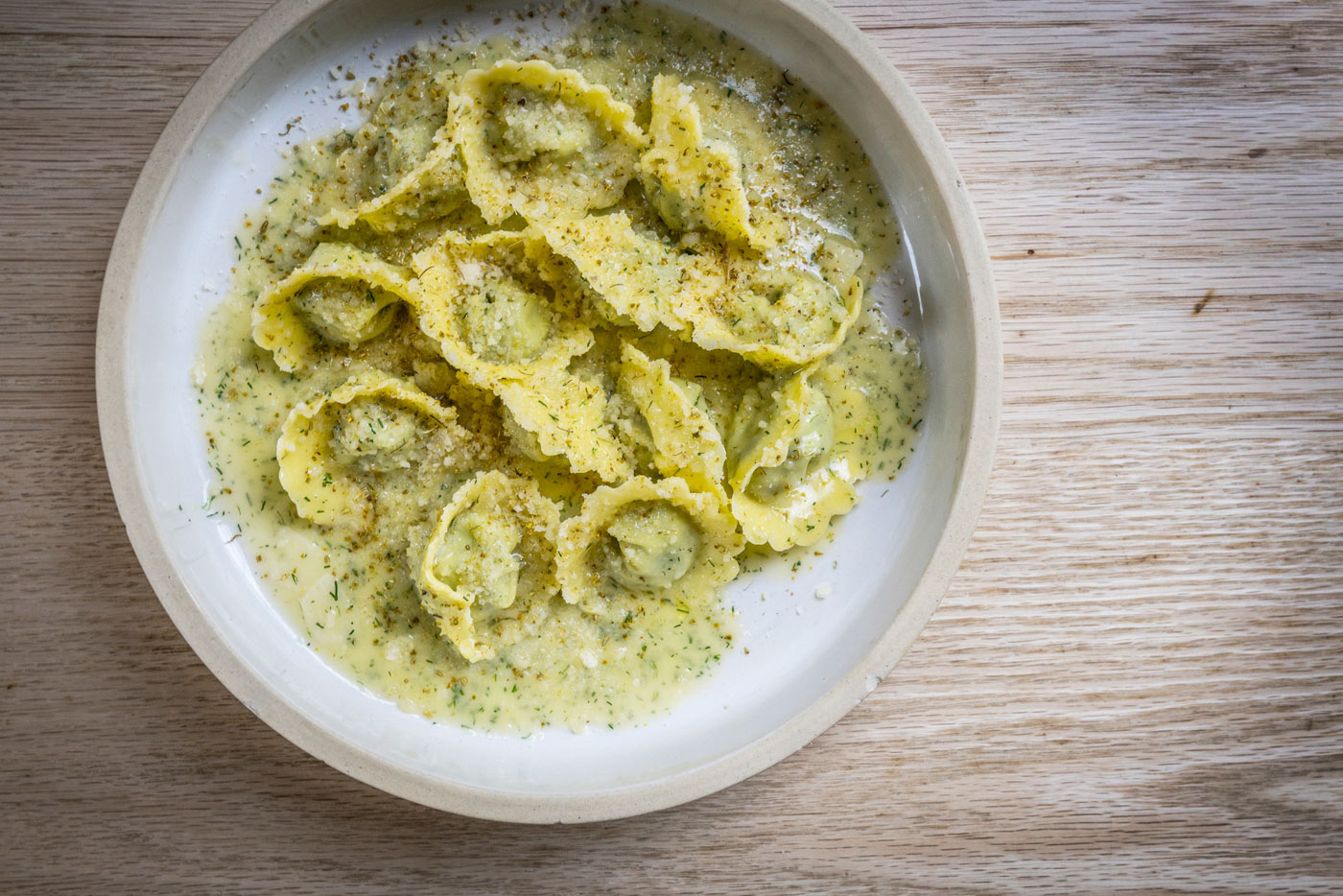
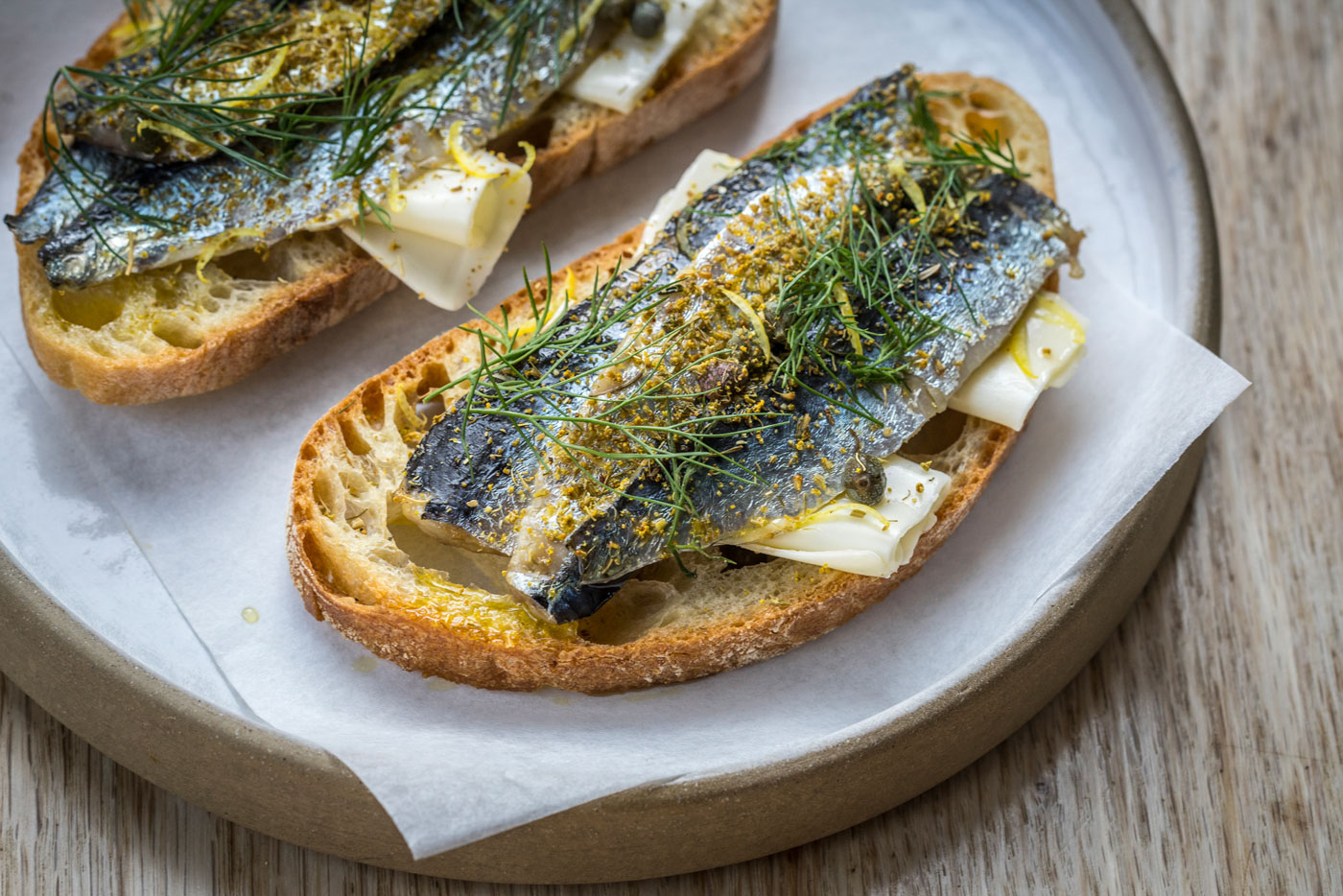
But for a restaurant with seventy-two hotly sought after seats, how does it maintain a sensibility welcoming of its local patrons? “We don’t want that perception of, ‘Lilia is impossible to get into; we’re never going.’” Robbins says they do their best to balance; those who populate the restaurant are a hybrid of local and destination diners, and concessions are made on both sides of the coin. “We have people who write from Australia; we’re definitely giving them a reservation,” she says. “If they’re e-mailing from across the world? That’s amazing.”
And for diners hoping for a more regular experience (without having to permanently modify their sleep patterns), Lilia offers a small daytime café annex where panini and pastries—and its legendary soft serve—are available to the neighborhood. The restaurant’s bar is also available for walk-ins, and serves the full menu.
“We just try with everyone—whether they’re a neighbor or from Hong Kong or the Upper East Side—to be as reasonably accommodating as we can,” she says. Again, something for which Robbins emphasizes the need for the right team, welcoming and warm regardless of who walks through the door.
But beyond happy staff, what makes Lilia the perennial reservation monster it is—the elusive, sustainably successful restaurant—in an era when rents are eye-rollingly prohibitive and diners are notoriously fickle? “It’s not one thing—having great food cost or great rent or great labor—that’s going to make your business succeed. It’s having all those things together. You have to be financially savvy, and you have to pay attention to the numbers. You can’t just say, ‘We make great food; we’re going to be successful,’’’ Robbins says. “The food drives people to come here, but I know the room drives people to come here, the warmth drives people to come here, the music drives people to come here, the beverages drive people to come here. It’s a package deal.”
And then there’s a resounding golden rule in the Robbins handbook. “I couldn’t do what I do without the team,” she says. “I recognize that. You have to remind your team how great they are all the time, and thank them.”
One could argue her approach to management is a common sense one—treat others as you’d like to be treated, guest or staff alike. The same practical, down-to-earth approach goes for her food. “I cook food I want to eat. There’s not one dish on this menu I don’t want to eat,” she says. “My number-one thing with this menu—I just want it to be craveable.”
At some point during our conversation, a front-of-house staffer politely interrupts with a reservation question. After she takes her leave, Robbins turns to me and leans in. She tells me when this server started, about the day of her interview, about how she’s grown and progressed. “Maybe she’ll stay in the restaurant business forever, and maybe she won’t—but at least she’s inspired and feels good about herself for being here, and her confidence level is a whole different thing than it used to be. And that’s what this is all about,” she says. “The internal community of our staff is really important to me, and is the best part of this.”
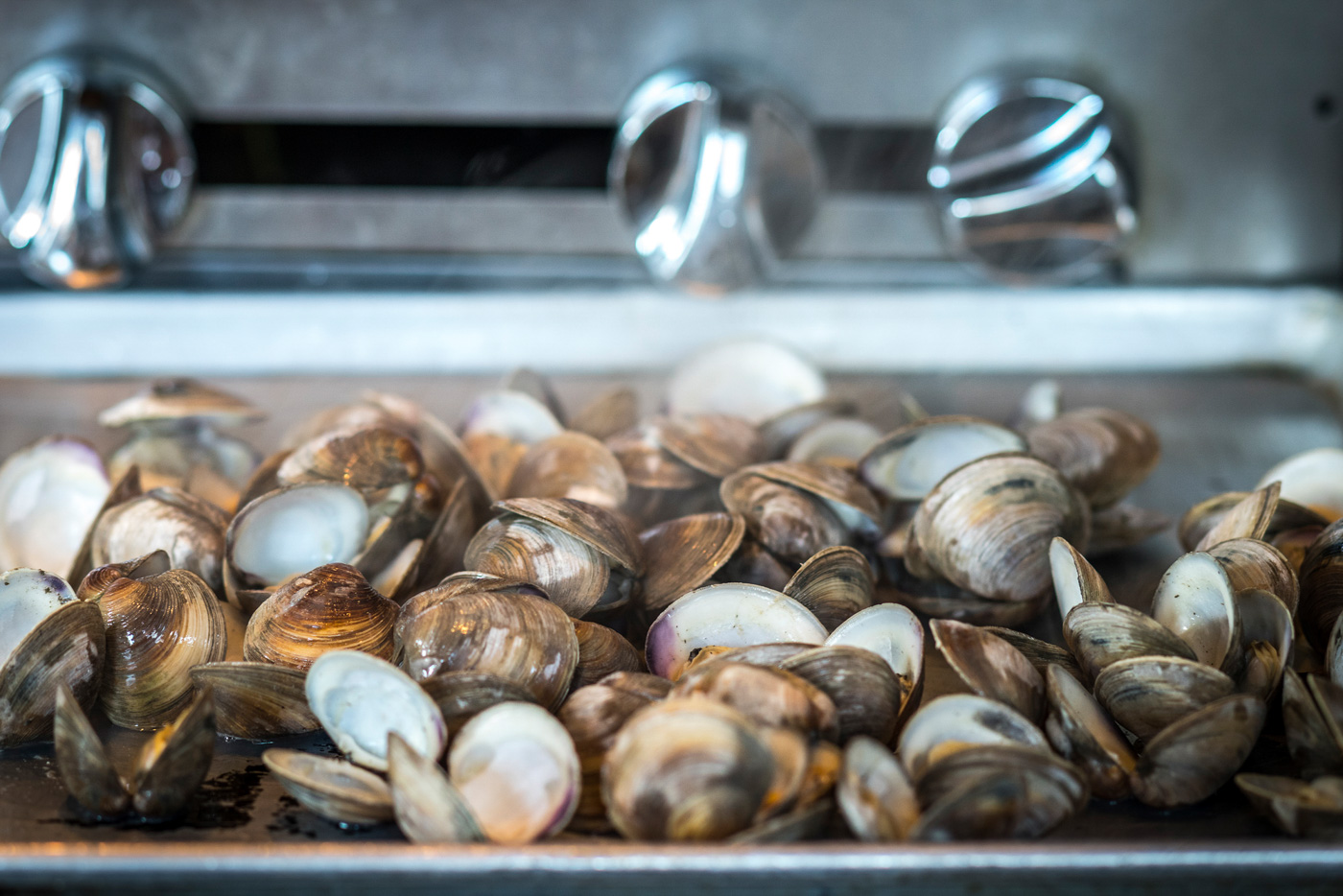
——
As a chef, Robbins’ makes you wonder—where she came up with the idea for a dish, what its place of origin must be like, what else might be brewing in her head for your future enjoyment. As a person, Robbins makes you think—about what food could and should be, the role of a restaurant and what goes into its success, its obligation to community—those who operate it, and those who enjoy it.
To see a chef thinking and talking so much about people—not to mention spending time with the important ones in her own life—and still have the kind of success that drives people to their reservation systems, proves something important about the idea of work-life balance for chefs: it can be done. It requires work, and constant re-evaluation, but it is possible.





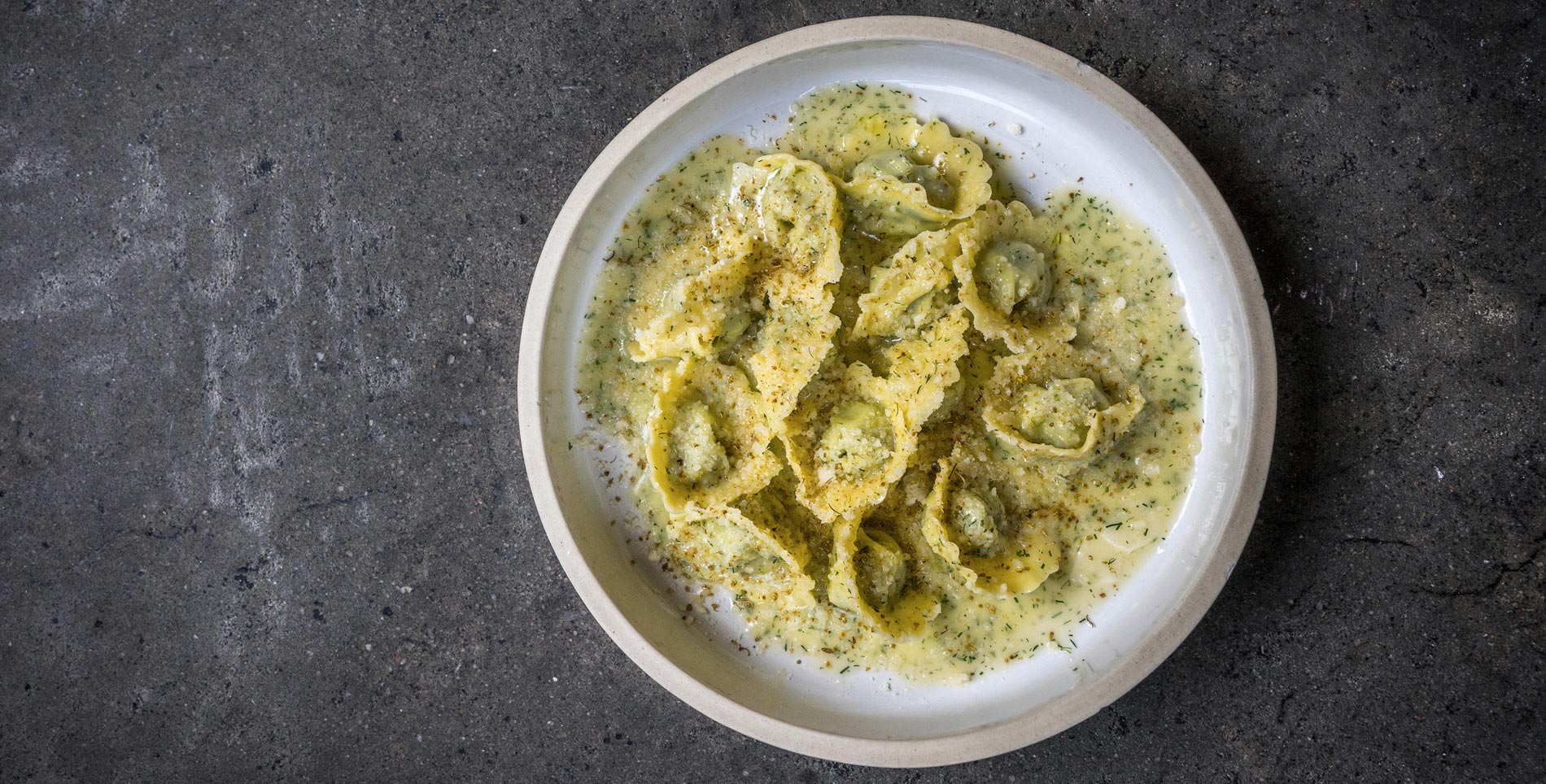

Our comments section is for members only.
Join today to gain exclusive access.